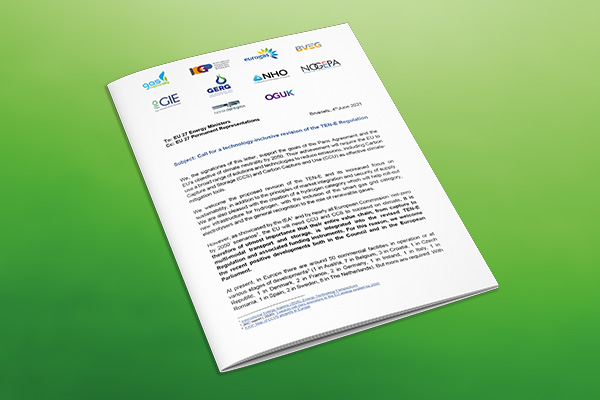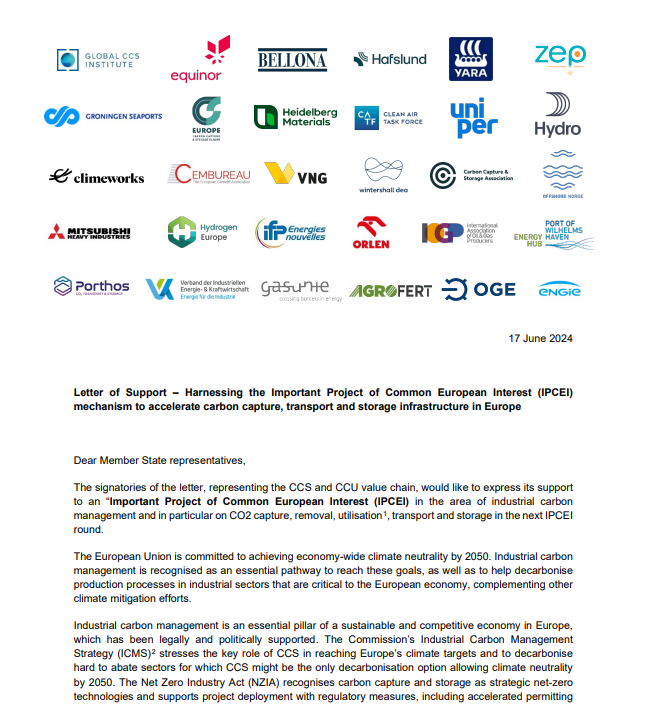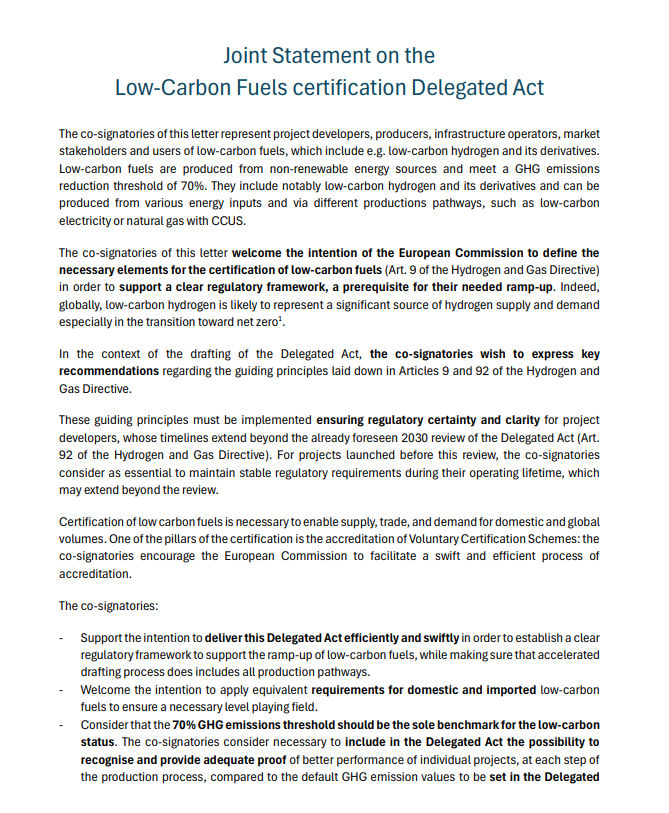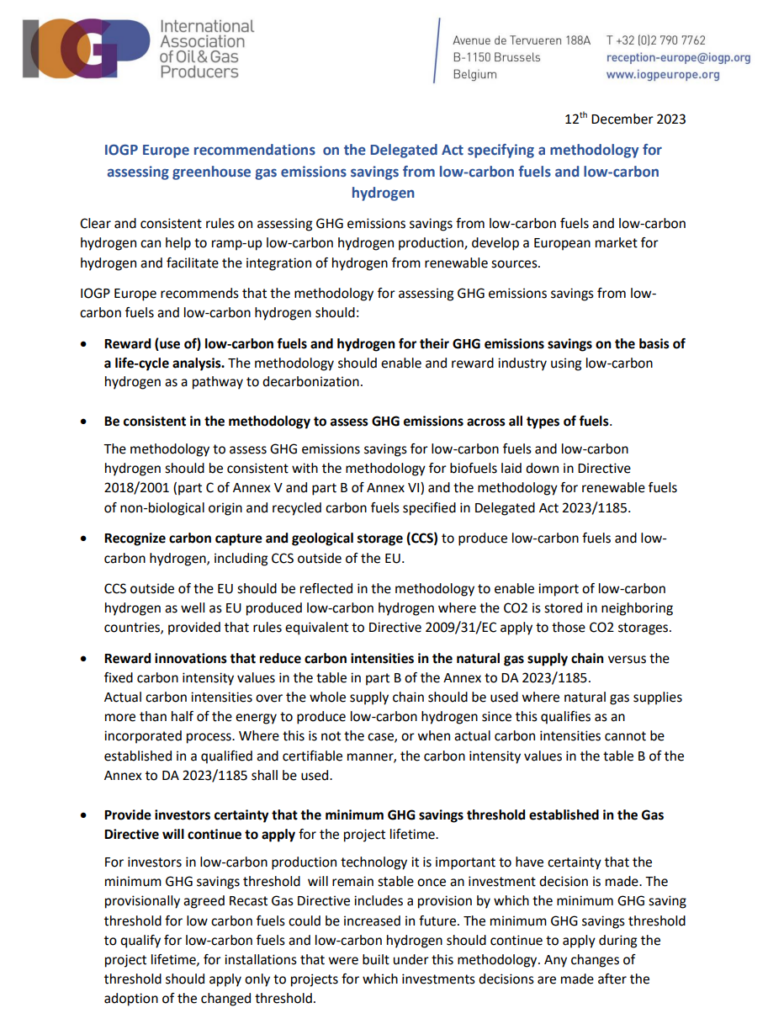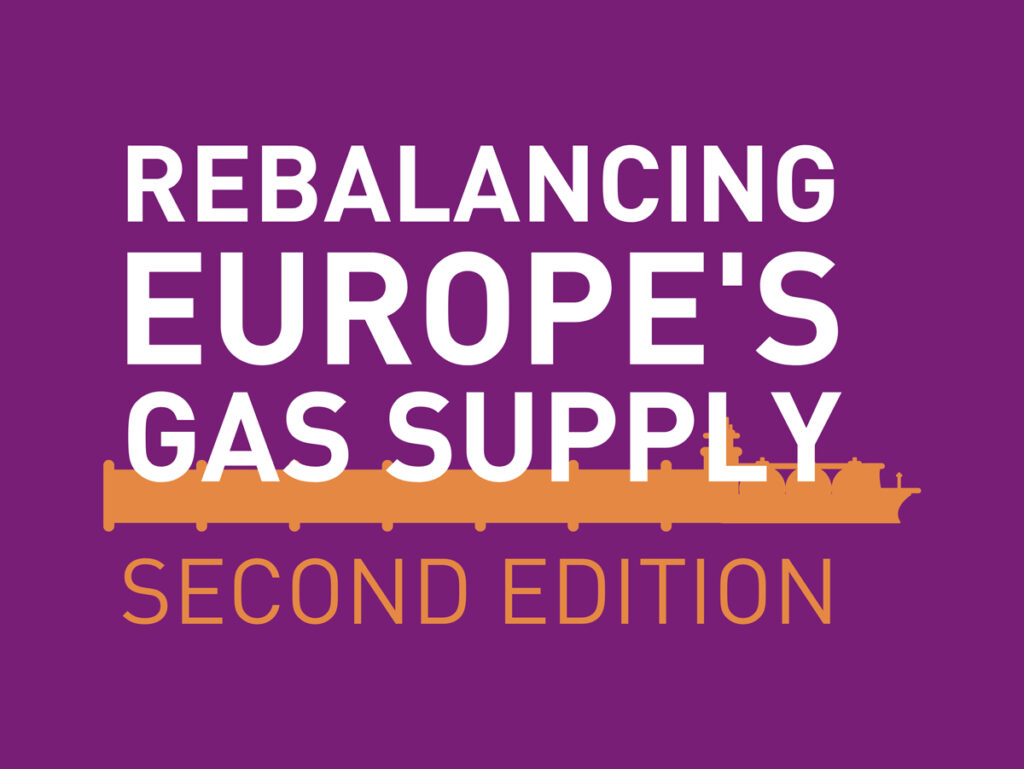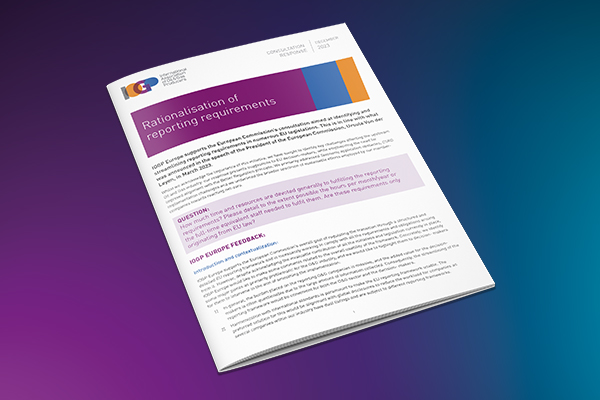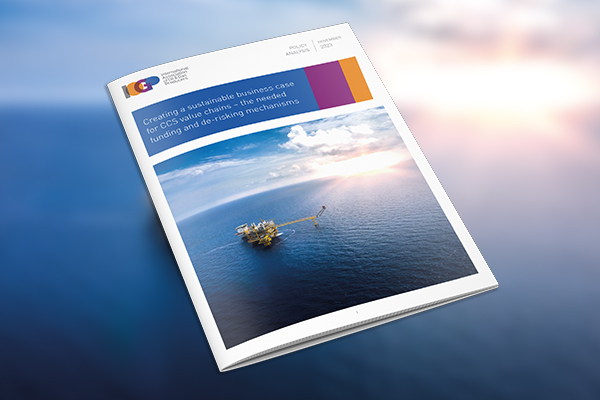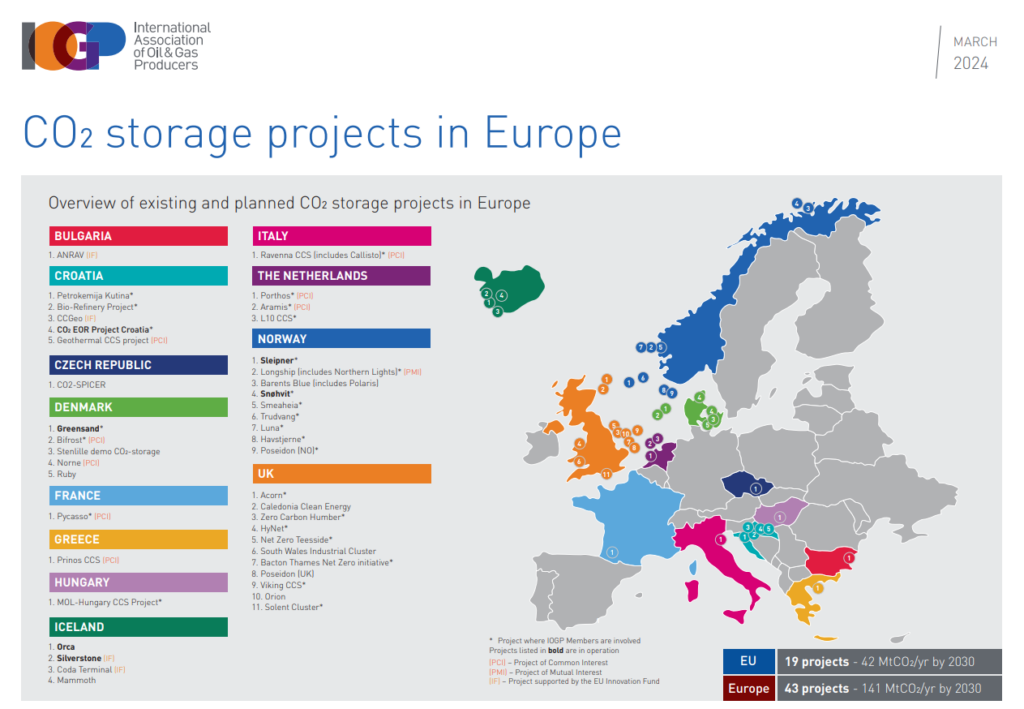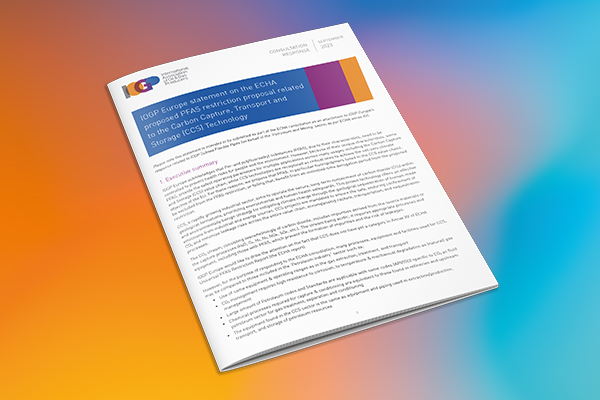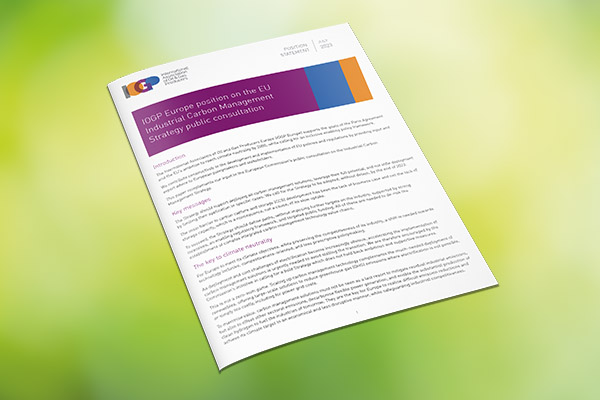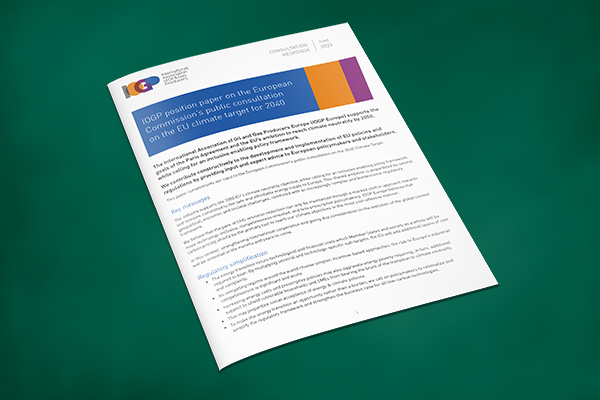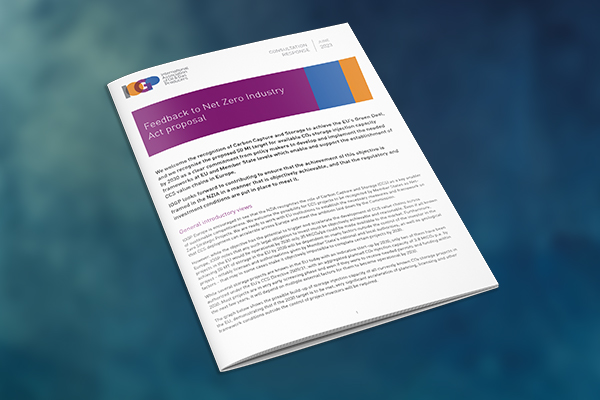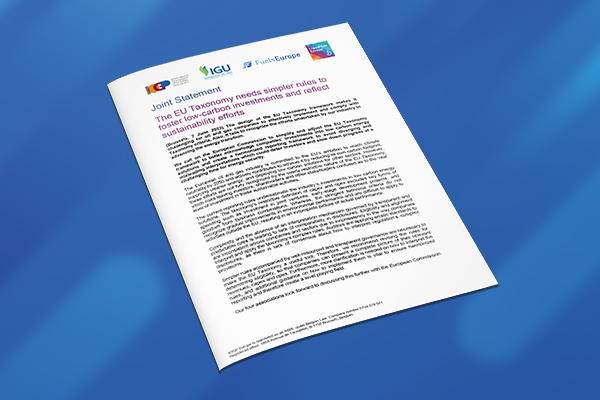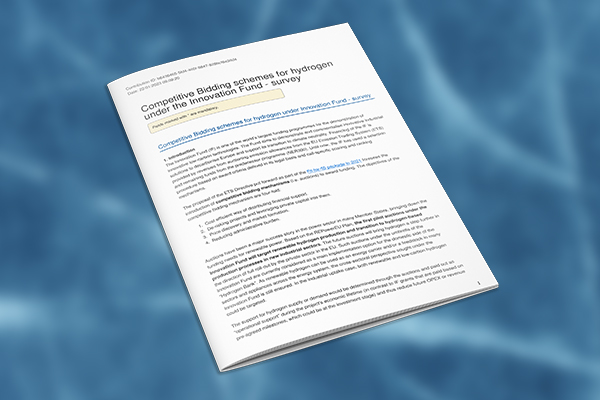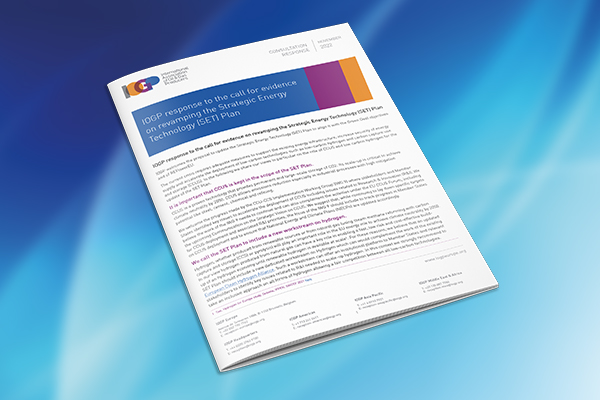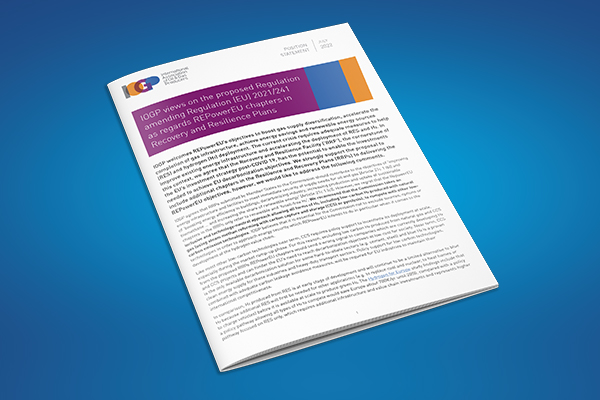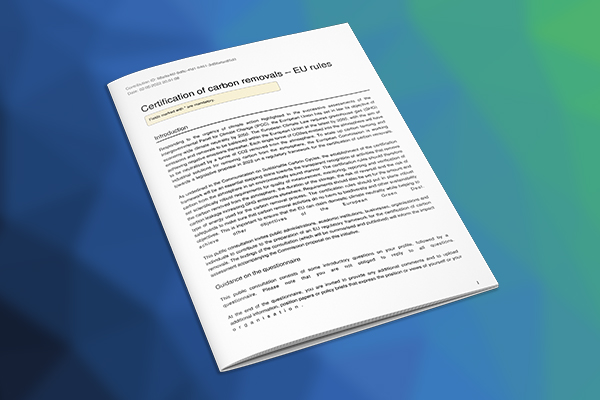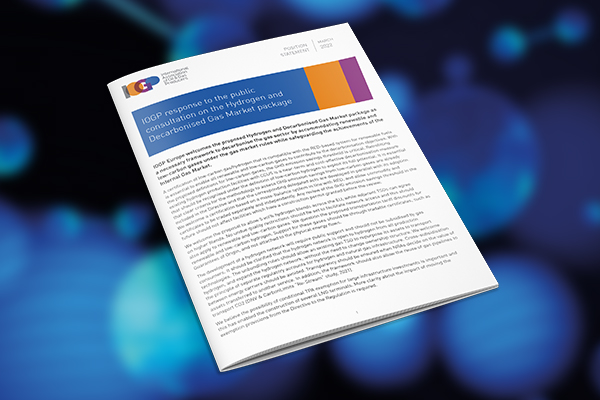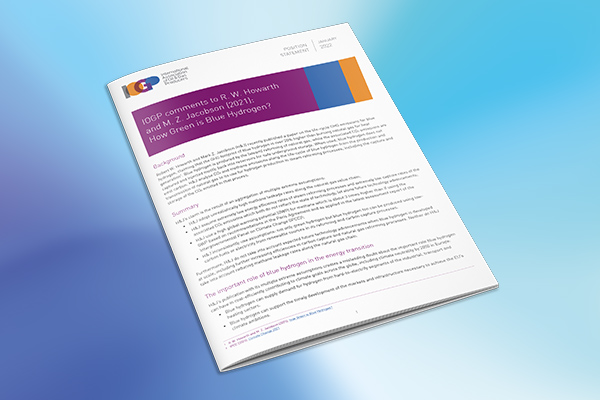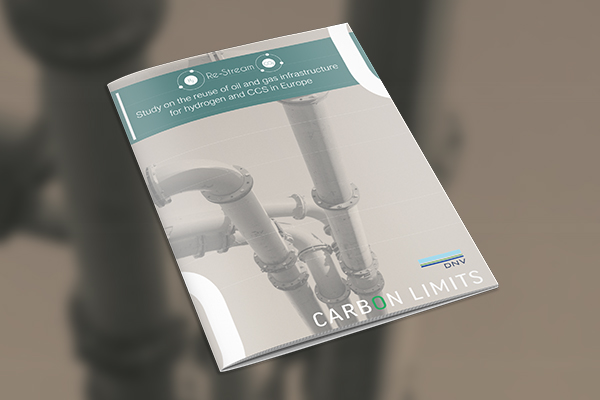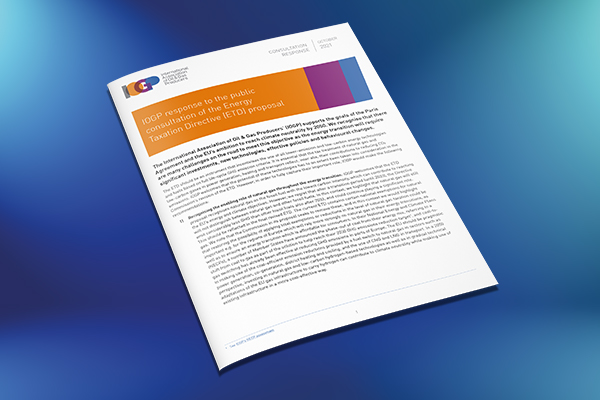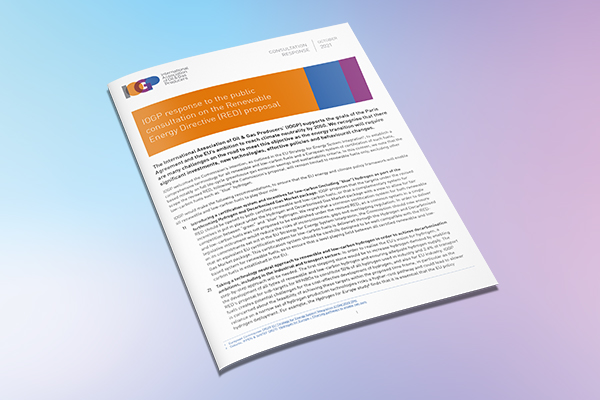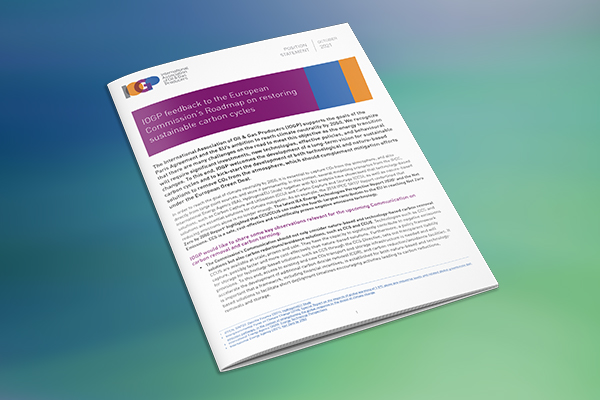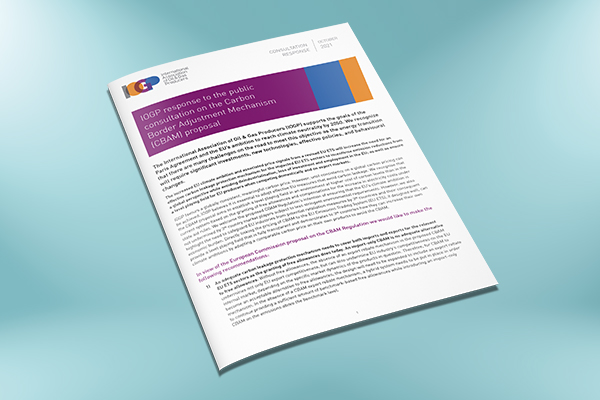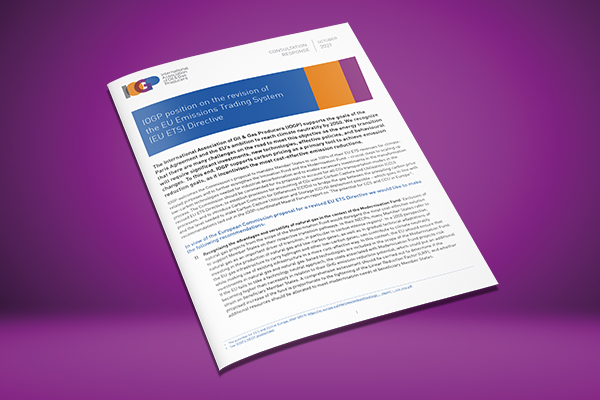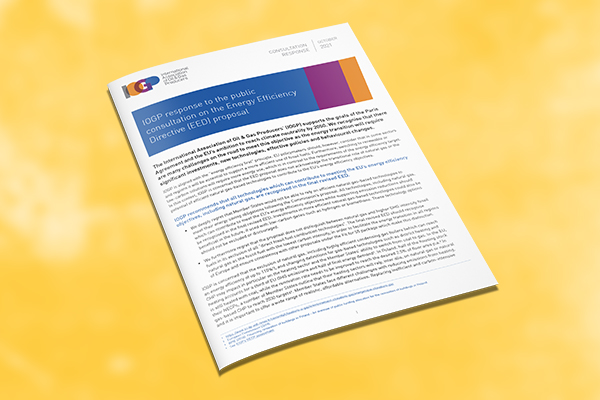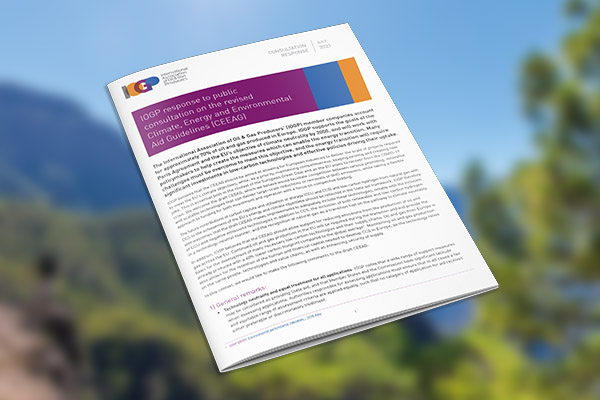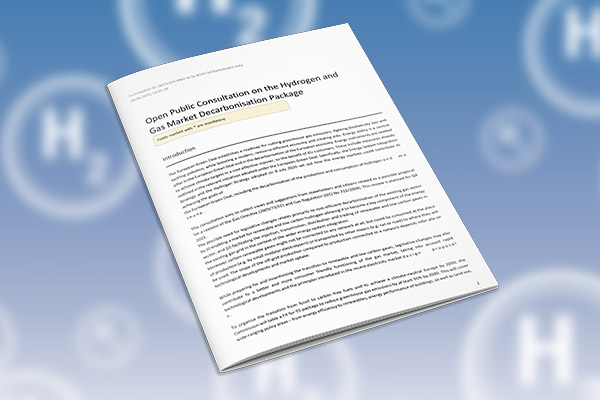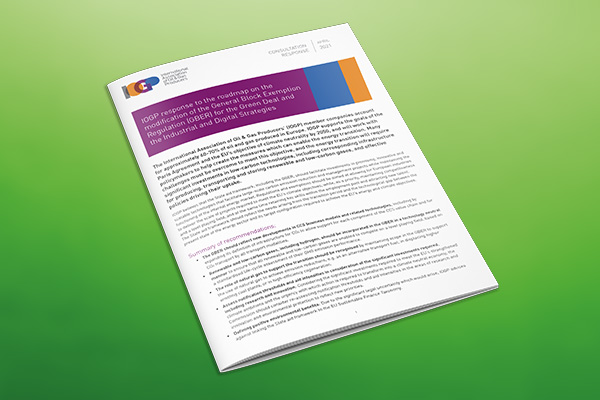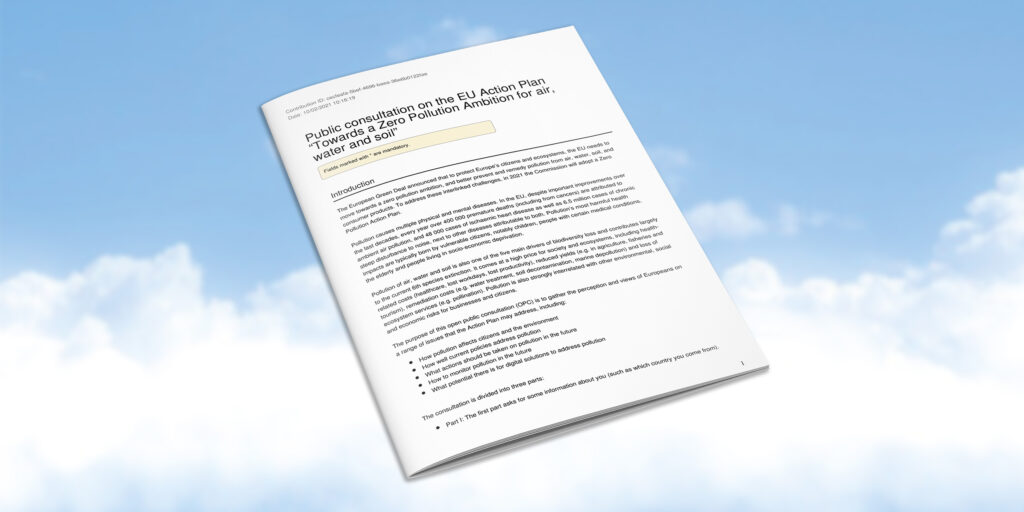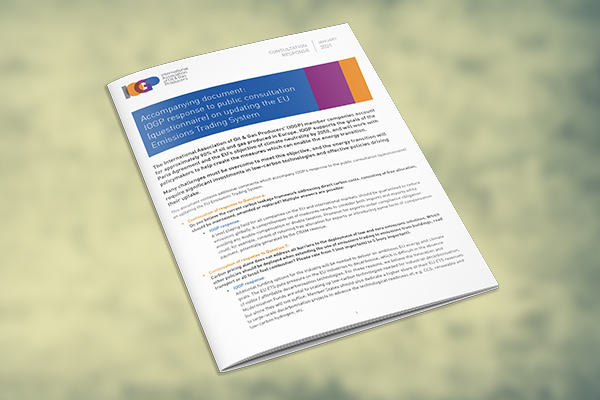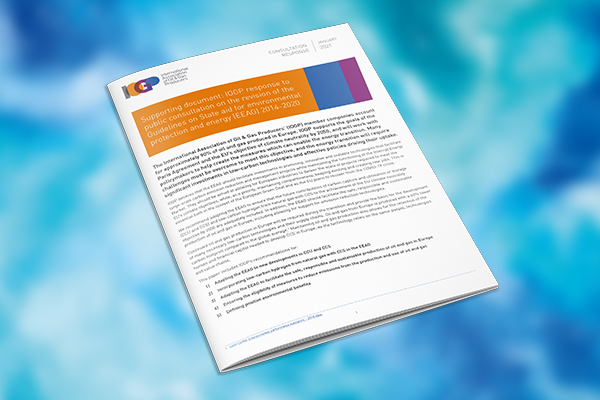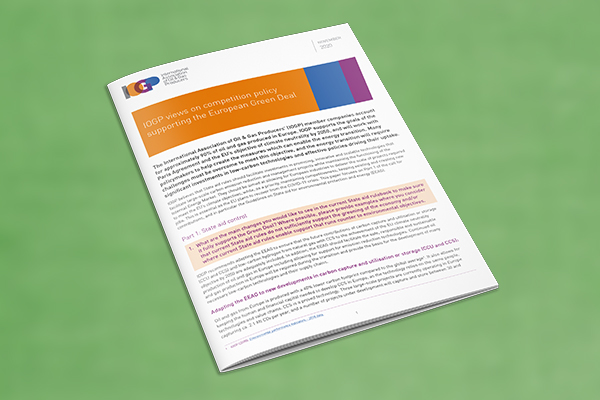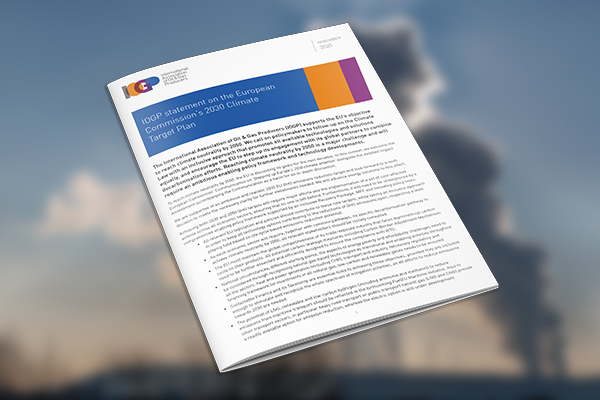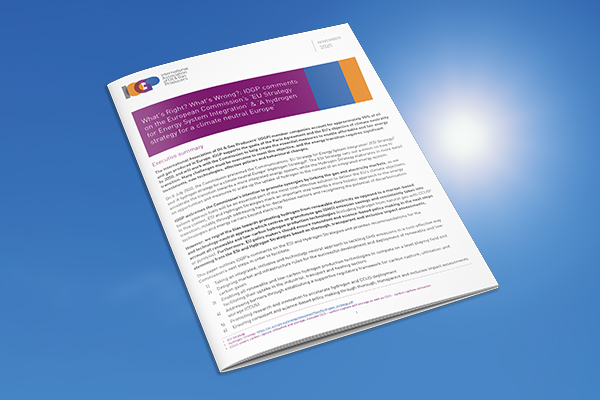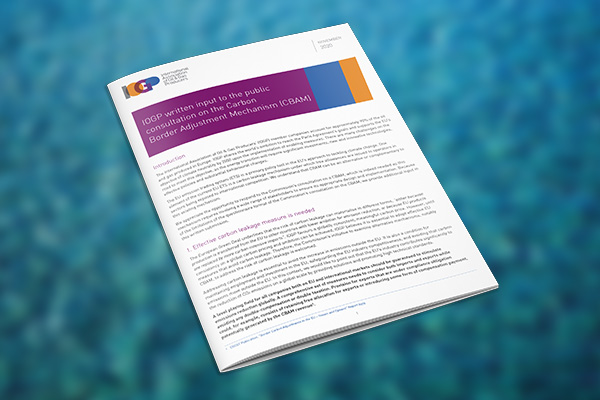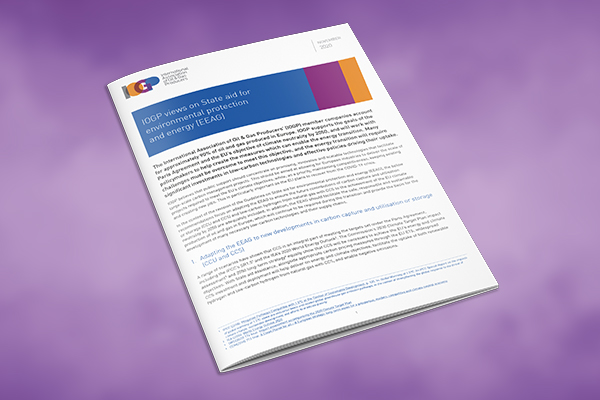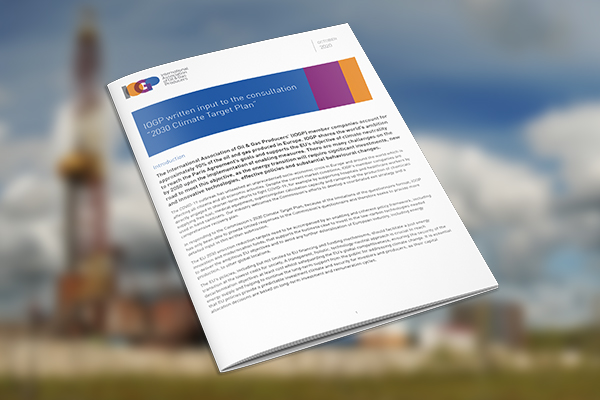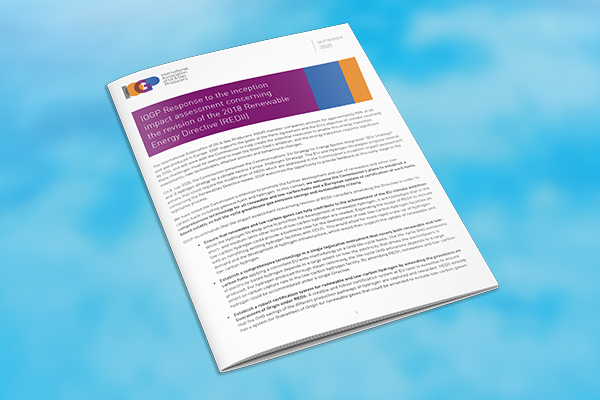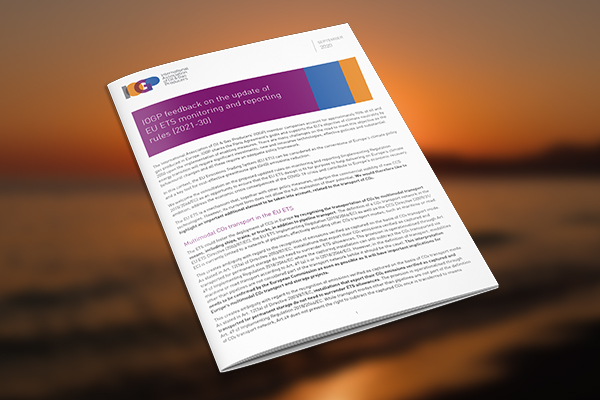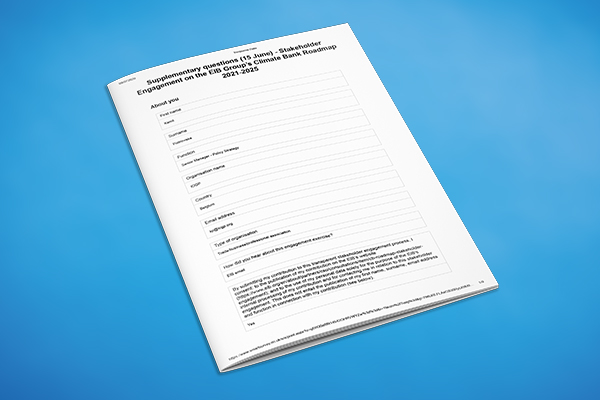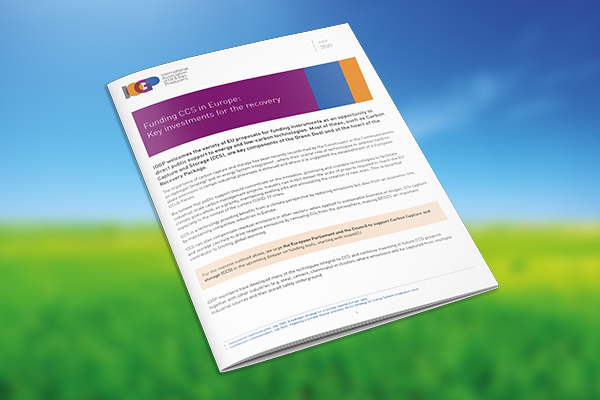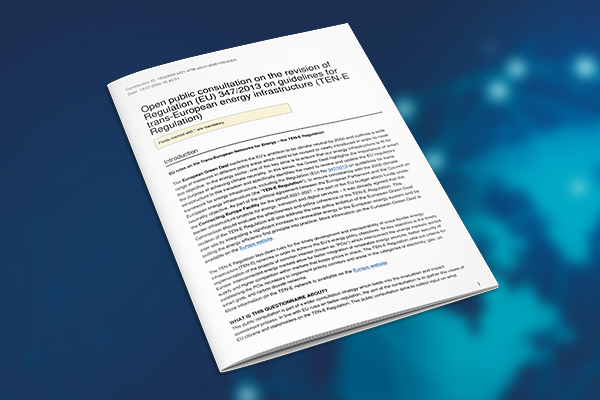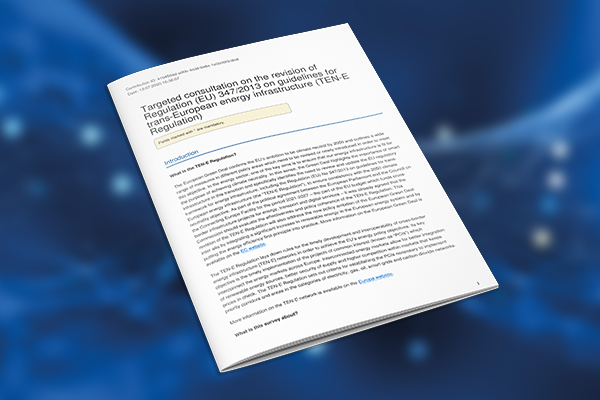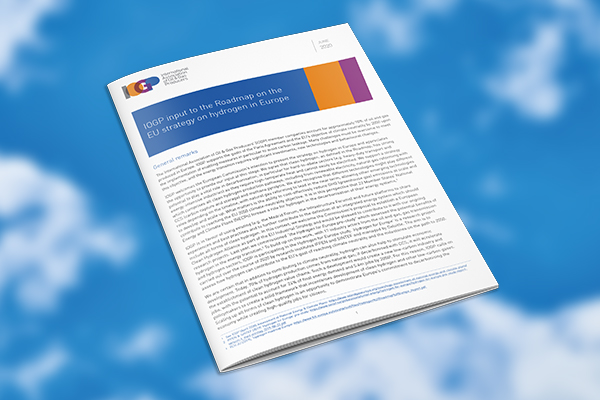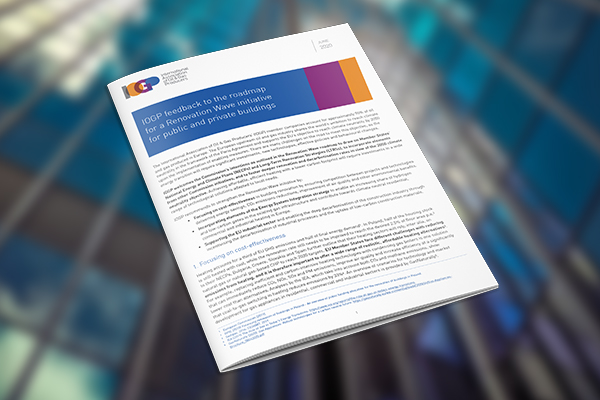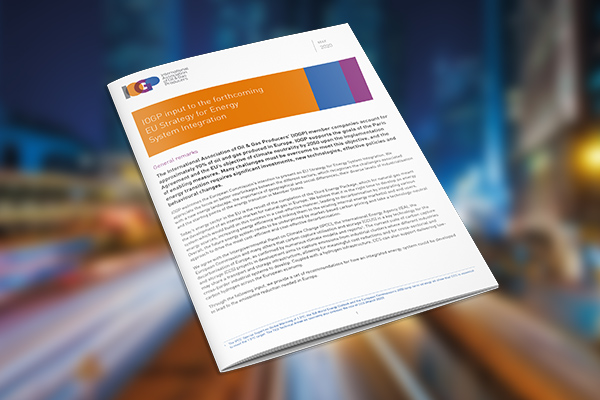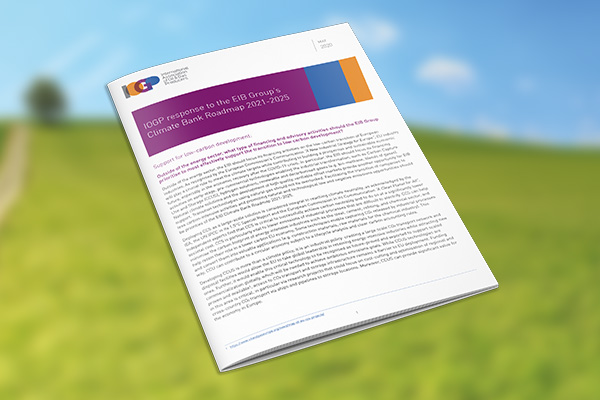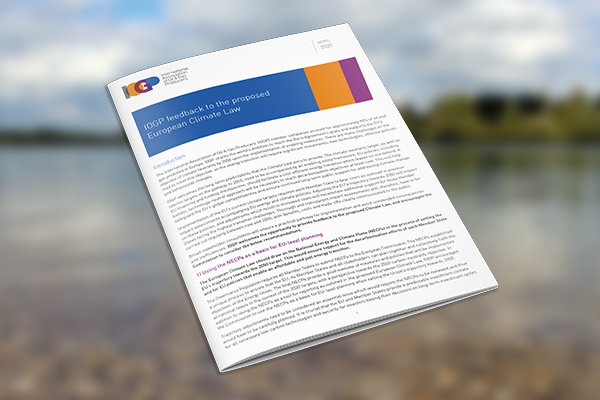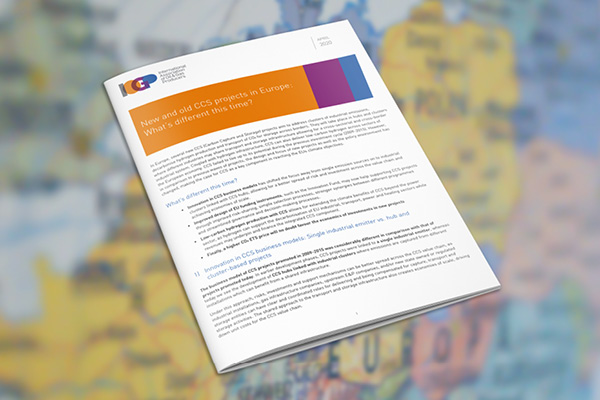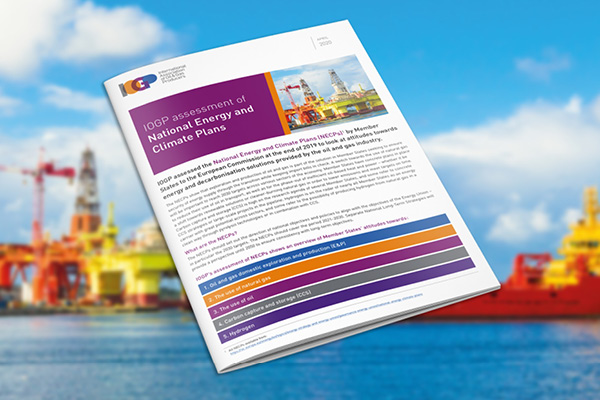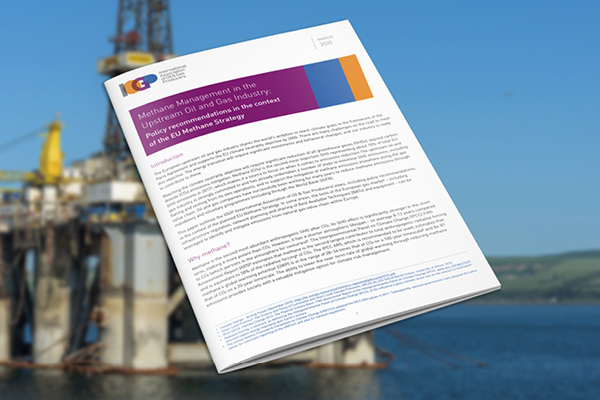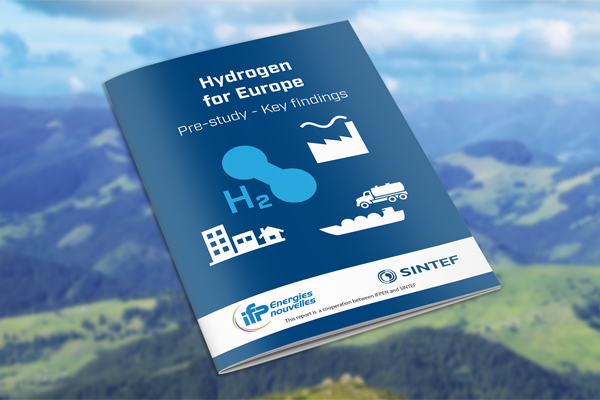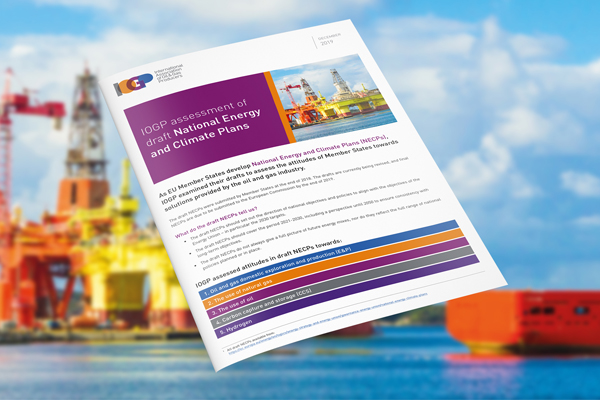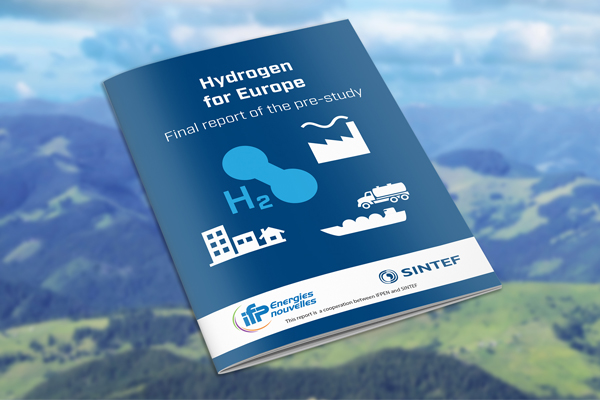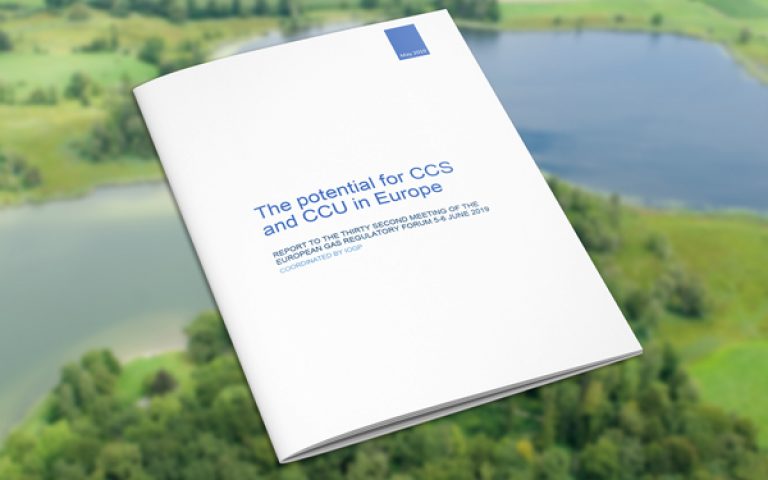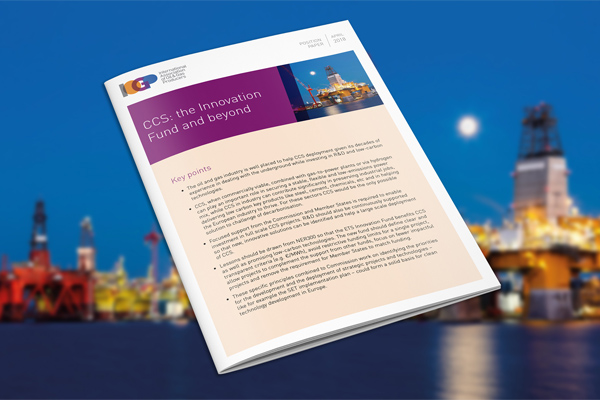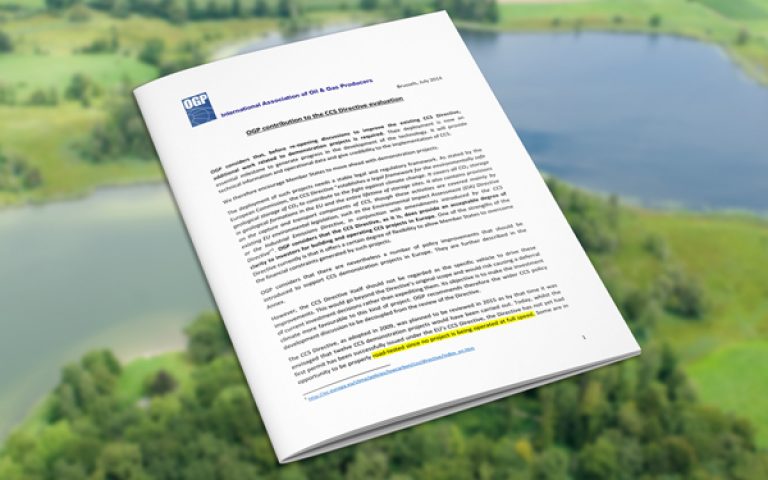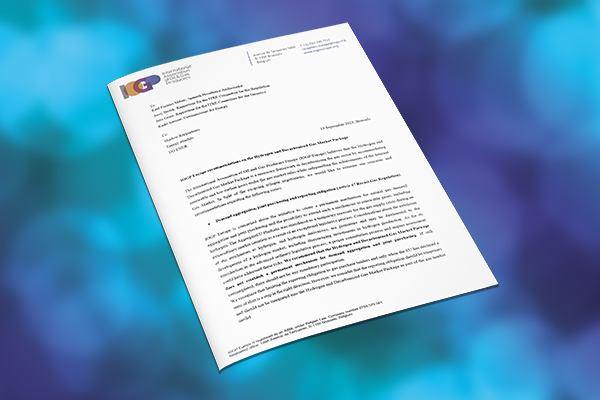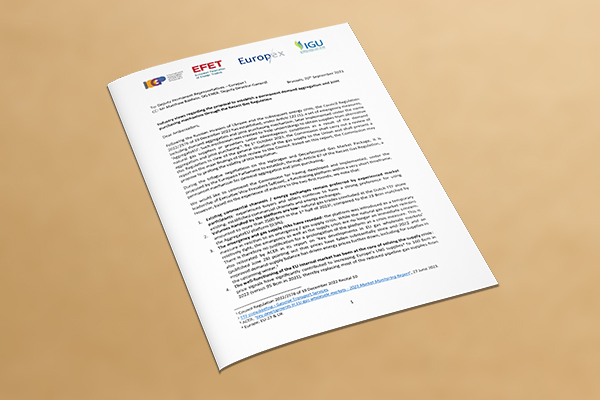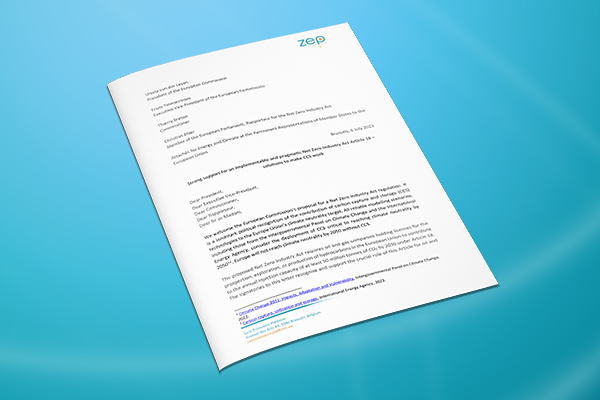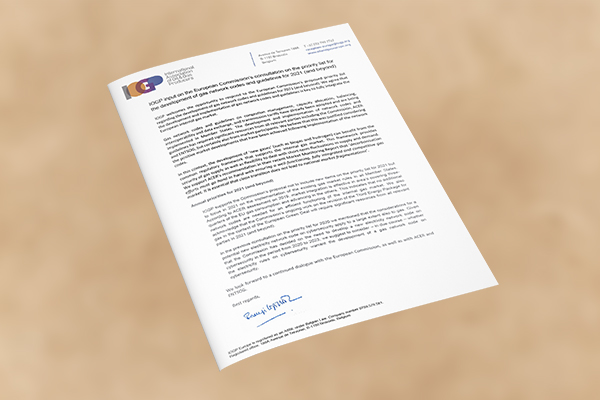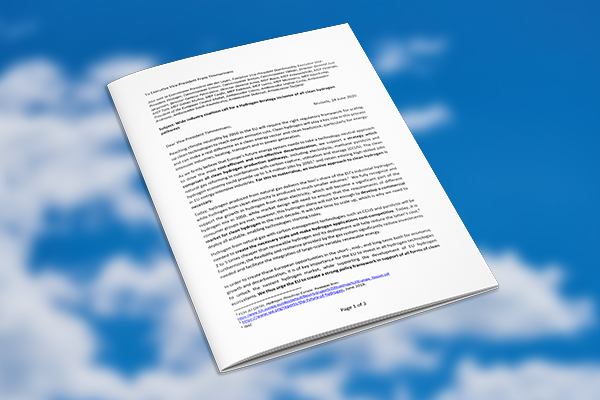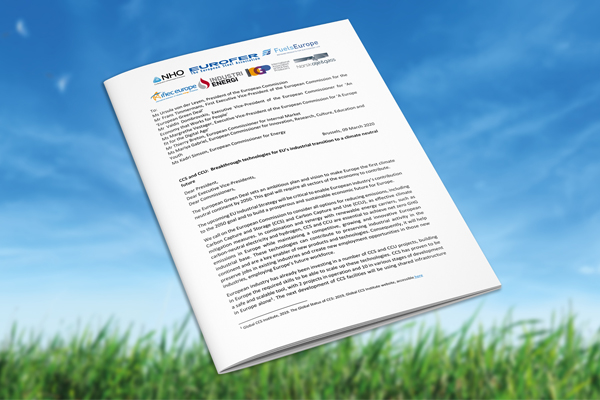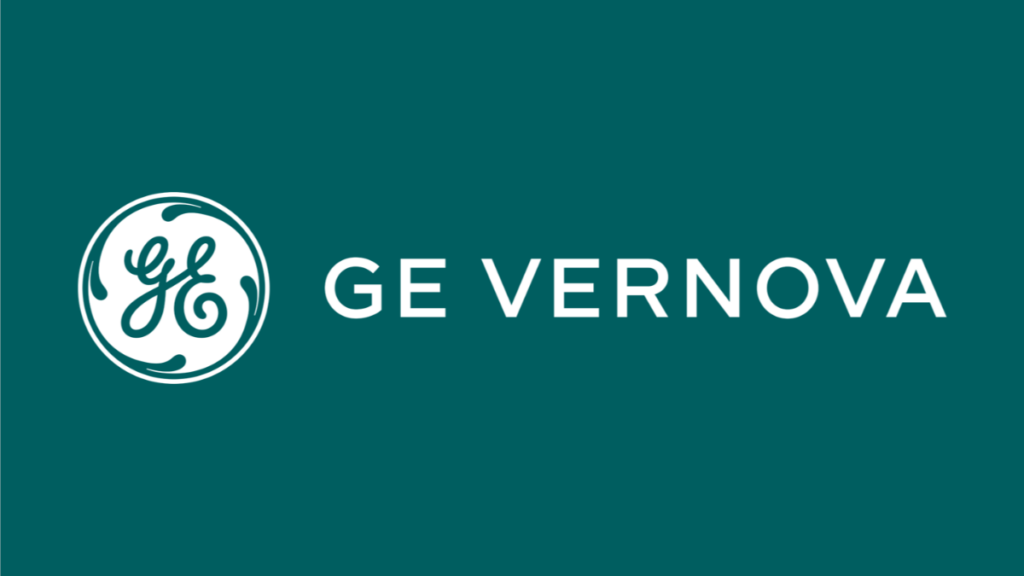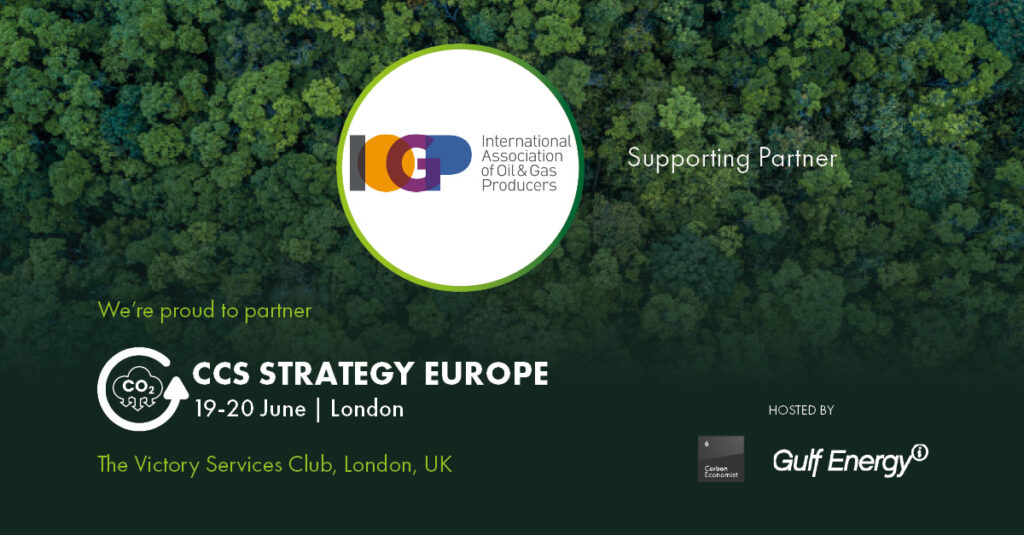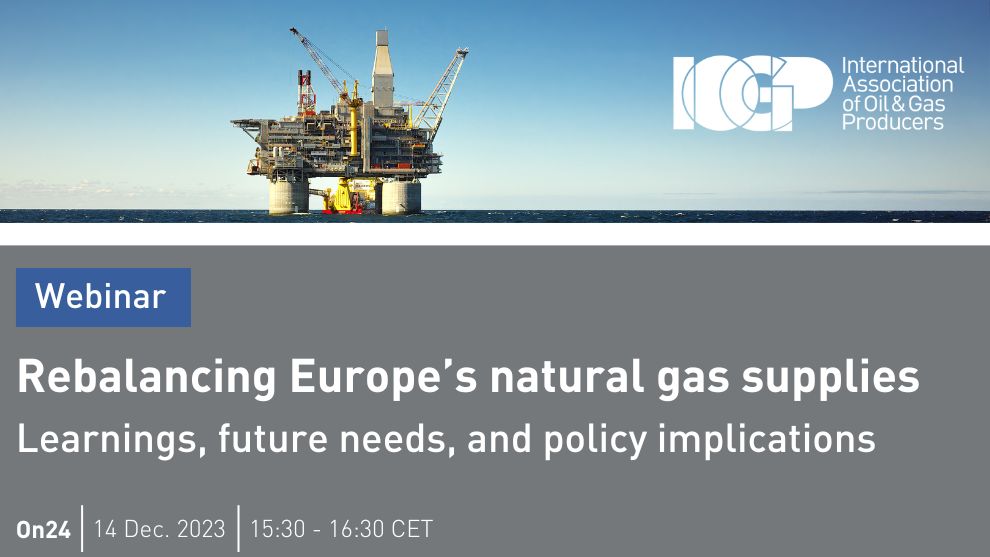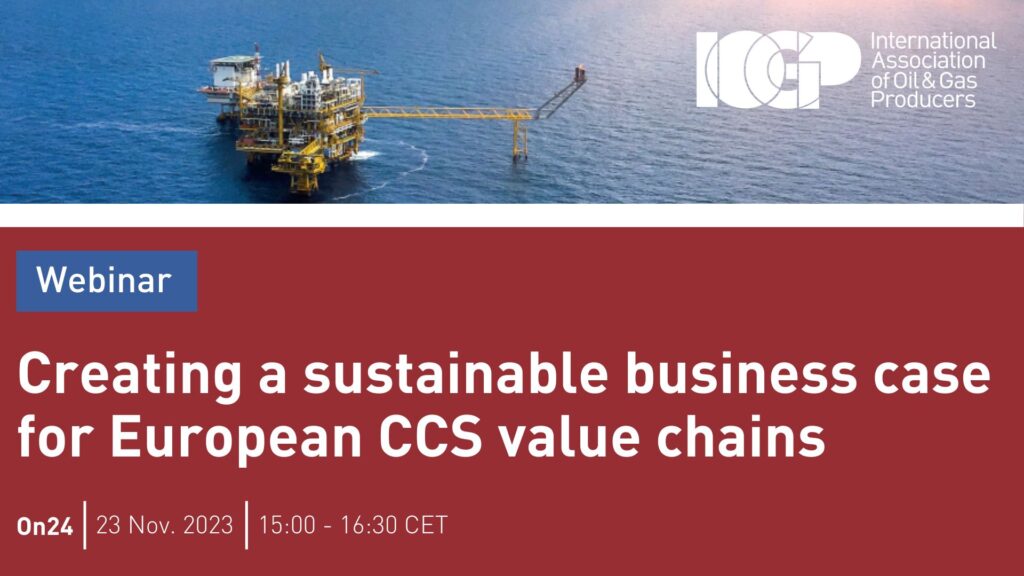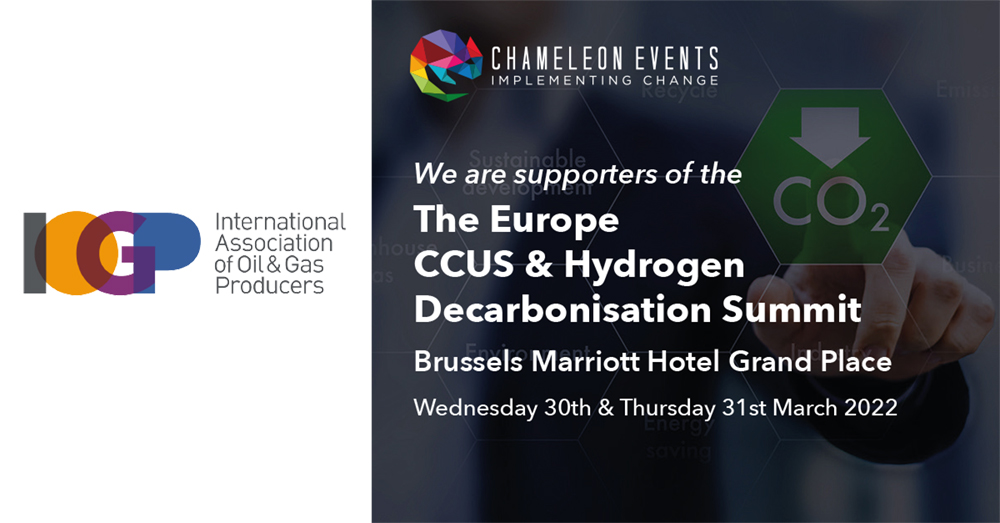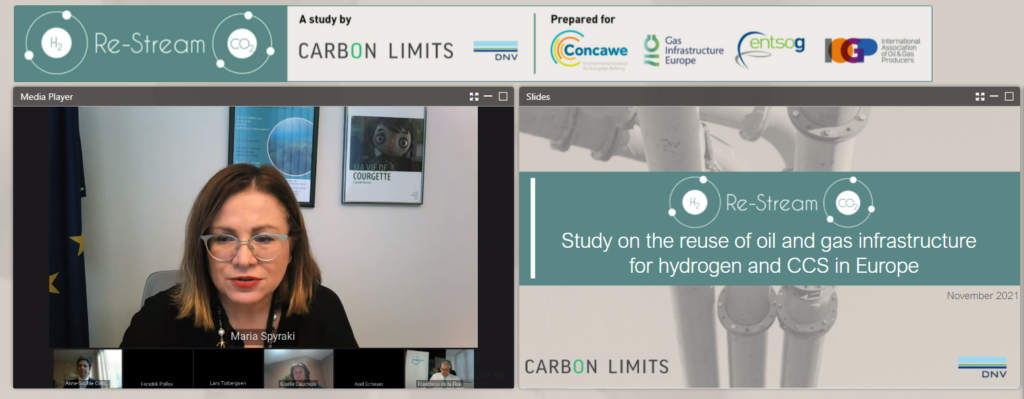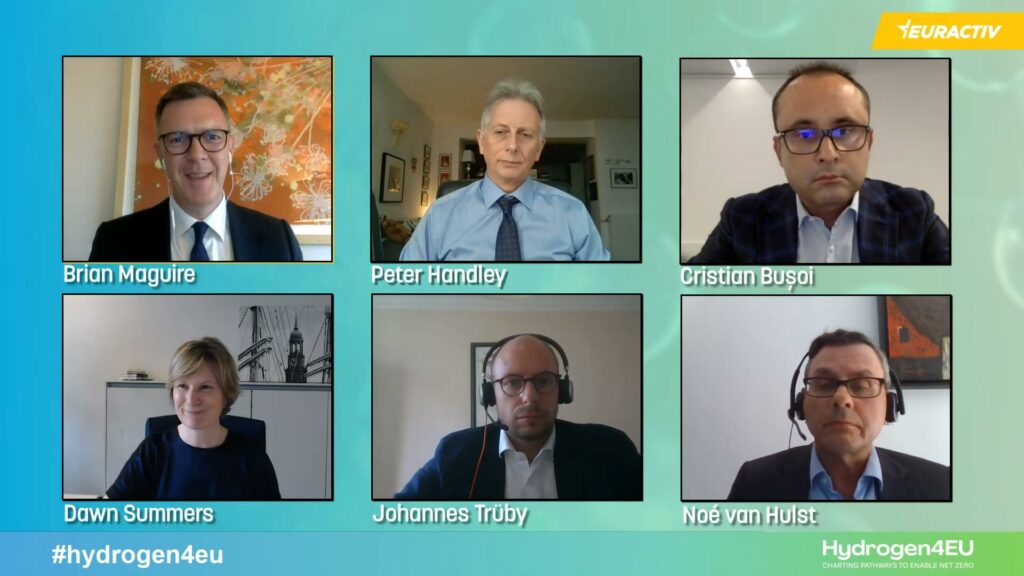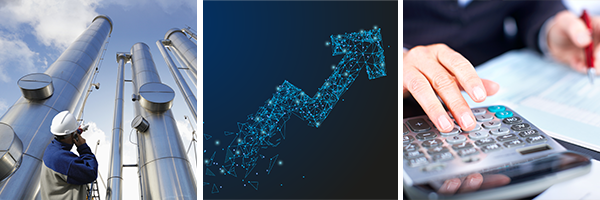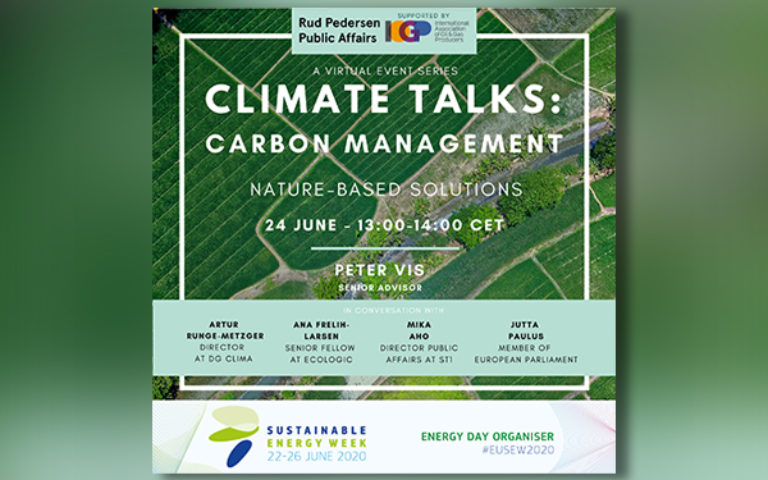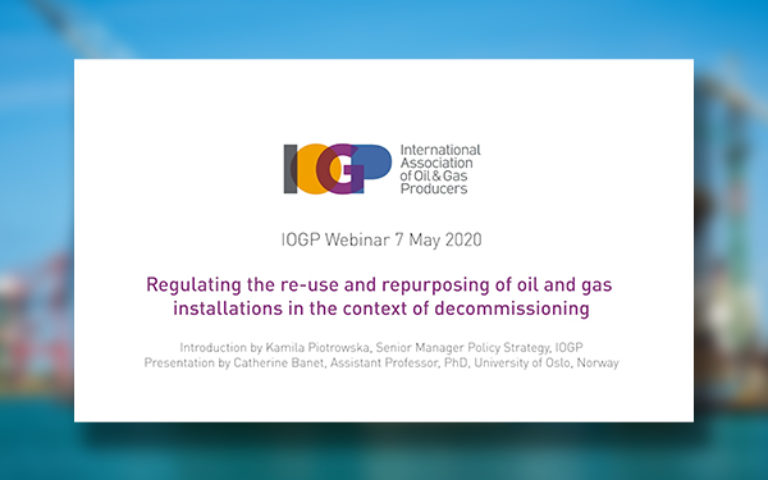Letter: Call for a technology-inclusive revision of the TEN-E Regulation
To: EU 27 Energy Ministers
Cc: EU 27 Permanent Representations
Brussels, 4th June 2021
We, the signatories of this letter, support the goals of the Paris Agreement and the EU’s objective of climate neutrality by 2050. Their achievement will require the EU to use a broad range of solutions and technologies to reduce emissions, including Carbon Capture and Storage (CCS) and Carbon Capture and Use (CCU) as effective climate-mitigation tools.
We welcome the proposed revision of the TEN-E and its increased focus on sustainability, in addition to the principles of market integration and security of supply. We are also pleased with the creation of a hydrogen category which will help roll-out new infrastructure for hydrogen, with the inclusion of the smart gas grid category, electrolysers and the general recognition to the role of renewable gases.
However, as showcased by the IEA1 and by nearly all European Commission ‘net-zero by 2050’ scenarios2, the EU will need CCU and CCS to succeed on climate. It is therefore of utmost importance that their entire value chain, from capture to multi-modal transport and storage, is integrated into the revised TEN-E Regulation and associated funding instruments. For this reason, we welcome the recent positive developments both in the Council and in the European Parliament.
At present, in Europe there are around 50 commercial facilities in operation or at various stages of developments3 in Austria, 7 in Belgium, 3 in Croatia, 1 in Czech Republic, 1 in Denmark, 2 in France, 2 in Germany, 1 in Ireland, 1 in Italy, 1 in Romania, 1 in Spain, 2 in Sweden, 8 in The Netherlands). But more are required. With a strong political support from the EU and its Member States and the required European legal framework, CCS and CCU can be scaled up in Europe. This will significantly contribute to the reduction of the most difficult GHG emissions, will aid industrial competitiveness, and will create much needed opportunities for growth and keep industrial jobs and related research & innovation in Europe in the post-pandemic recovery phase.
In the context of the on-going inter-institutional negotiations, we call on your support to ensure that the Council’s text of the revised TEN-E Regulation4 safeguards the following key amendments to the Commission’s proposal:
Inclusion of CO2 storage in the scope of the Regulation
CCS and CCU are effective climate-mitigation tools. In this context, CO2 storage has a cross-border dimension, giving options to industry to reduce emissions through CCS also in those Member States where storage is not available, or who do not wish to store CO2 locally. CCS will equally be critical to scale up the hydrogen market, by enabling the large-scale production of low-carbon hydrogen. To maximise the potential for success, CCS should be developed on a full value chain basis.
Failing to ensure that CO2 storage benefits from the provisions of TEN-E, would send a negative investment signal and make integrated planning very difficult, not least for financing reasons. It will, quite simply, jeopardize Europe’s ability to reach its ambitions on decarbonising the industrial sectors5 and on including the production of low-carbon hydrogen.
Inclusion of all transport modalities of CO2
A number of planned CCS projects in Europe aim to transport CO2 from one country to another for storage, by pipeline or other modes of transport such as by ship, rail or truck. A flexible approach to the transport of CO2 will be needed depending on national circumstances. The ‘pipeline-only’ approach currently proposed by the Commission would in effect discriminate against Member States or regions that have limited CO2 storage requirements, without access to CO2 pipelines, but may be proximate to inland waterways or coastal infrastructure or those who do not wish to store CO2 locally. Such activities will take place in hubs and clusters where different industries will share infrastructure for transport and storage, allowing for economies of scale through a cross-sectorial and cross-border industrial system.
The TEN-E is the ideal framework for trans-border projects and will foster the creation of a much-needed multimodal CO2 transport network across Europe.
Hydrogen-ready and repurposed gas pipelines at Distribution system operator (DSO) and Transmission System Operator (TSO) level to be included in the energy infrastructure category at least for a transitional period
From a 2050 perspective, alongside new hydrogen-ready projects, the adaptation of existing EU gas infrastructure (repurposing and retrofitting), at both DSO and TSO level, to carry a growing share of hydrogen across Europe through blending, will be key to enable a cost-effective transition. Low-carbon hydrogen will make up for a significant share of hydrogen in Europe6 in coming decades – it is important that the future policy framework, and in this case the TEN-E Regulation, enables the growth of both renewable and low-carbon hydrogen.
The purpose of Better Regulation7 is to ensure that EU legislation makes a concrete and positive contribution to the lives of its citizens, facilitating the development of businesses and helping them face current and future challenges. A technology-inclusive revision of the TEN-E Regulation can exemplify this reinforced approach to better European law-making.
Signatories
- GasNaturally
- IOGP (International Association of Oil and Gas Producers)
- Eurogas
- BVEG (German Association for Natural Gas, Crude Oil and Geoenergy)
- GIE (Gas Infrastructure Europe)
- GERG (The European Gas Research Group)
- NHO (Confederation of Norwegian Enterprise)
- NOGEPA (Netherlands Oil and Gas Exploration and Production Association)
- NOROG (Norwegian Oil and Gas Association)
- OGUK (Oil & Gas UK)
- International Energy Agency (2020), Energy Technology Perspectives
- JRC report ( 2020) ‘Towards net-zero emissions in the EU energy system by 2050’
- IOGP Map of CCUS projects in Europe
- Council’s position at first reading
- https://www.europeanfiles.eu/climate/large-scale-decarbonisation-solutions-for-a-climate-neutral-industry-and-jobs-in-europe
- Hydrogen4EU study
- https://ec.europa.eu/info/sites/default/files/better_regulation_joining_forces_to_make_better_laws_en_0.pdf
